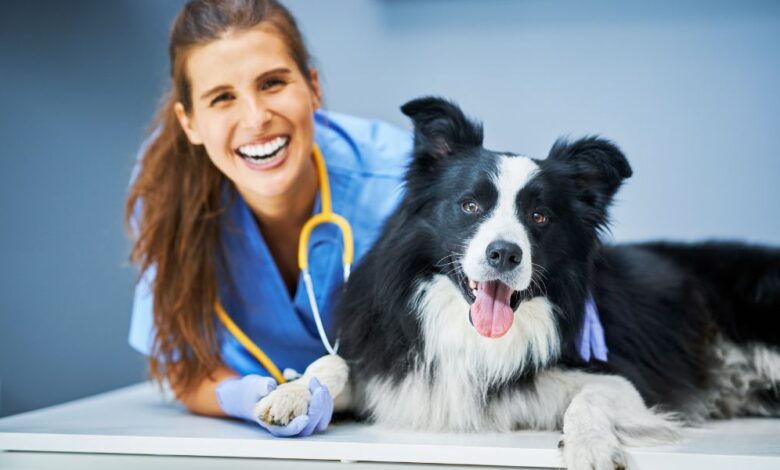5 Common Stress Triggers for Dogs (and How to Fix Them)

If you’ve ever seen your dog bolt under the couch during a thunderstorm or turn into a whirling dervish when you leave the house, you know canine stress is real. But the good news? Most stress triggers are easy to spot—and easier to fix with a little know-how (and a lot of treats).
Here’s a look at five common culprits behind your dog’s anxiety—and what you can do about them.
- Loud Noises (Because Thunder Sounds Like Doom)
Fireworks, thunderstorms, vacuums—loud noises can turn even the bravest dog into a trembling mess. Their hearing is much sharper than ours, so a sudden bang feels like an earthquake to them.
Fix it: Create a safe, quiet space where they can retreat. Soft background noise (like a white noise machine or calming music) can also help drown out scary sounds.
- Separation Anxiety (You’re Their Whole World, After All)
Many dogs get stressed when left alone, especially if they haven’t been trained to feel comfortable with it. Cue the barking, destructive chewing, or tragic puppy eyes.
Fix it: Start with short departures, gradually increasing the time. Leave them with a favorite toy or a special treat to make your absence feel like less of a big deal.
- New Environments (Adventure? More Like Overwhelm.)
New places can be sensory overload for dogs—different smells, sounds, people, and pets all at once. It’s exciting… but also terrifying.
Fix it: Ease them into new environments slowly. Bring familiar items like their blanket or favorite toy to give them a comforting anchor.
- Strange People or Other Animals (Stranger Danger!)
Not every dog is a social butterfly. Some are naturally cautious around unfamiliar faces (or paws), and stressful interactions can lead to anxiety.
Fix it: Allow your dog to approach new people or animals at their own pace. Never force interaction. Positive reinforcement, patience, and, if needed, support like Calming Treats for Dogs can help smooth the process and lower their social stress.
- Changes in Routine (Dogs Love a Good Schedule)
A change in walk times, a new family member, or even moving furniture can throw your dog’s world off balance.
Fix it: Try to stick to a consistent routine as much as possible. If big changes are unavoidable, introduce them gradually and offer plenty of reassurance along the way.
Conclusion: A Calm Dog Is a Happy Dog
Managing your dog’s anxiety doesn’t have to feel overwhelming. By understanding the common triggers and taking simple, thoughtful steps, you can help your furry friend navigate the world with more confidence—and a lot less stress. Trust us: a chill dog equals a chill home (and a lot fewer shredded pillows).





